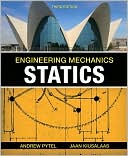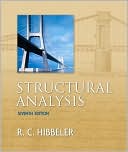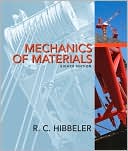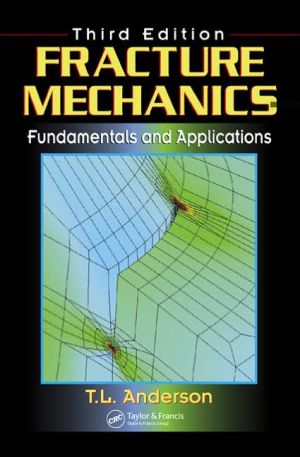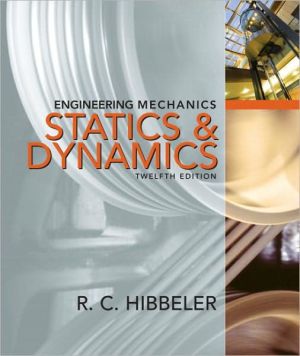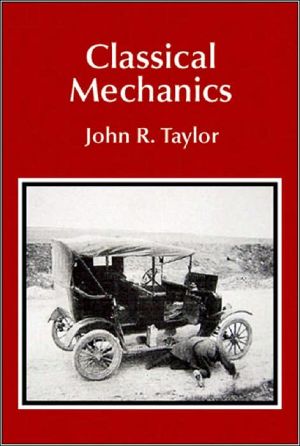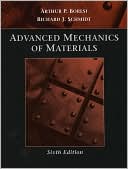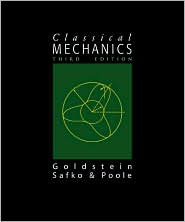Engineering Mechanics: Statics
Search in google:
The third edition of Engineering Mechanics: Statics written by nationally regarded authors Andrew Pytel and Jaan Kiusalaas, provides students with solid coverage of material without the overload of extraneous detail. The extensive teaching experience of the authorship team provides first-hand knowledge of the learning skill levels of today's student which is reflected in the text through the pedagogy and the tying together of real world problems and examples with the fundamentals of Engineering Mechanics. Designed to teach students how to effectively analyze problems before plugging numbers into formulas, students benefit tremendously as they encounter real life problems that may not always fit into standard formulas. This book was designed with a rich, concise, two-color presentation and has a stand alone Study Guide which includes further problems, examples, and case studies. Booknews One of two texts (the other is Dynamics) on the principles and applications of engineering mechanics. Features a unified approach to equilibrium analysis, including a unique type of exercise in which the student develops equation-writing skills by analyzing predrawn free- body diagrams. Annotation c. Book News, Inc., Portland, OR (booknews.com)
1. Introduction to Statics Introduction / Newtonian Mechanics / Fundamental Properties of Vectors / Representation of Vectors Using Rectangular Components / Vector Multiplication 2. Basic Operations with Force Systems Introduction / Equivalence of Vectors / Force / Reduction of Concurrent Force Systems / Moment of Force About a Point / Moment of Force About an Axis / Couples / Changing the Line of Action of a Force 3. Resultants of Force Systems Introduction / Reducing a Force System to a Force and a Couple / Definition of Resultant / Resultants of Coplanar Force Systems / Resultants of Noncoplanar Force Systems / Introduction to Distributed Normal Loads 4. Coplanar Equilibrium Analysis Introduction / Definition of Equilibrium Part A: Analysis of Single Bodies - Free-Body Diagrams of a Body / Coplanar Equilibrium Equations / Writing and Solving Equilibrium Equations / Equilibrium Analysis for Single-Body Problems Part B: Analysis of Composite Bodies - Free-Body Diagrams Involving Internal Reactions / Equilibrium Analysis of Composite Bodies / Special Cases: Two-Force and Three-Force Bodies Part C: Analysis of Plane Trusses - Description of a Truss / Method of Joints / Method of Sections 5. Non-Coplanar Equilibrium Introduction / Definition of Equilibrium / Free-Body Diagrams / Independent Equilibrium Equations / Improper Constraints / Writing and Solving Equilibrium Equations / Equilibrium Analysis 6. Beams and Cables Introduction Part A: Beams - Internal Force Systems / Analysis of Internal Forces / Area Method for Drawing V- and M- Diagrams Part B: Cables - Cables Under Distributed Loads / Cables Under Concentric Loads 7. Dry Friction Introduction / Coulomb's Theory of Dry Friction / Problem Classification and Analysis / Impending Tipping / Angle of Friction; Wedges and Screws / Ropes and Flat Belts / Disk Friction 8. Centroids and Distributed Loads Introduction / Centroids of Plane Areas and Curves / Centroids of Curved Surfaces, Volumes, and Space Curves / Theorems of Pappus-Guldinus / Center of Gravity and Center of Mass / Distributed Normal Loads 9. Moments and Products of Inertia of Areas Introduction / Moments of Inertia of Areas and Polar Moments of Inertia / Products of Inertia of Areas / Transformation Equations and Principal Moments of Inertia of Areas / Mohr's Circle for Moments and Products of Inertia 10. Virtual Work and Potential Energy Introduction / Planar Kinematics of a Rigid Body / Virtual Work / Method of Virtual Work / Instant Center of Rotation / Equilibrium and Stability of Conservative Systems / Appendix A. Numerical Integration - Introduction / Trapezoidal Rule / Simpson's Rule Appendix B. Finding Roots of Functions - Introduction / Newton's Method / Secant Method Appendix C. Densities of Common Materials Answers Index
